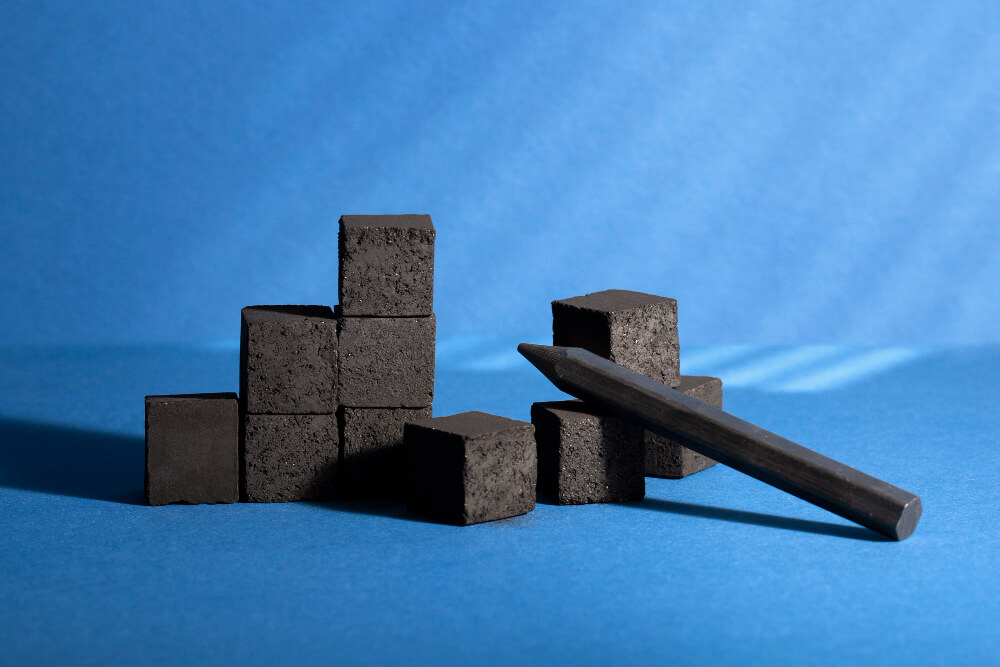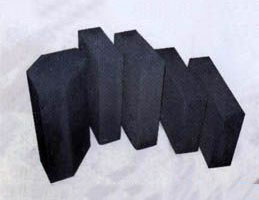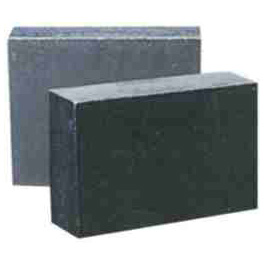Magnesia carbon bricks are a unique type of refractory material made with a combination of high-melting-point basic oxide (magnesia) and slag-resistant high-melting-point carbon. This combination provides excellent properties for various industrial applications, including:
- High melting point: Magnesia carbon bricks can withstand temperatures up to 2800°C, making them ideal for use in furnaces and other high-heat environments.
- Excellent slag resistance: The carbon component in the bricks helps to prevent slag penetration and erosion, extending the lifespan of the refractory lining.
- Good thermal shock resistance: These bricks can withstand rapid temperature changes without cracking or spalling.
- Lower modulus of elasticity: Compared to other refractory materials, magnesia carbon bricks have a lower modulus of elasticity, which allows them to deform slightly under stress, reducing the risk of cracking.
- Environmentally friendly: Globe Carbon Industries uses special binders that contain low levels of benzene, reducing the environmental impact of the production process.
Manufacturing Process:
Globe Carbon Industries manufactures magnesia carbon bricks using a cold mixing process. This process involves:
- Raw material preparation: The magnesia and carbon are crushed and screened to the desired particle size.
- Mixing: The raw materials are mixed together in a strong sand mixer with a binder and various additives.
- Molding: The mixed material is formed into the desired shape using a high-pressure press.
- Drying: The shaped bricks are dried at a controlled temperature and humidity to remove excess moisture.
- Pre-heating: For some types of binders, the bricks are pre-heated before use to promote hardening.
Applications:
Magnesia carbon bricks are widely used in various industrial applications, including:
- Large-scale converters: These furnaces are used in steelmaking to convert molten iron into steel.
- Ultra-high-power furnaces: These furnaces are used to melt and refine metals at extremely high temperatures.
- Refinery furnaces: These furnaces are used to process various petroleum products.
- Cement kilns: These kilns are used to produce cement, a key ingredient in concrete.
Benefits of Using Magnesia Carbon Bricks:
- Increased furnace life: The superior properties of magnesia carbon bricks can significantly extend the lifespan of furnace linings, reducing downtime and maintenance costs.
- Improved energy efficiency: These bricks have low thermal conductivity, which helps to conserve heat and reduce energy consumption.
- Reduced emissions: The slag resistance of magnesia carbon bricks helps to minimize slag formation and associated emissions.
Magnesia carbon bricks are a high-performance refractory material that offers a unique combination of properties for demanding industrial applications. Globe Carbon Industries‘ commitment to using environmentally friendly binders and high-quality raw materials makes them a reliable supplier of these critical materials.



